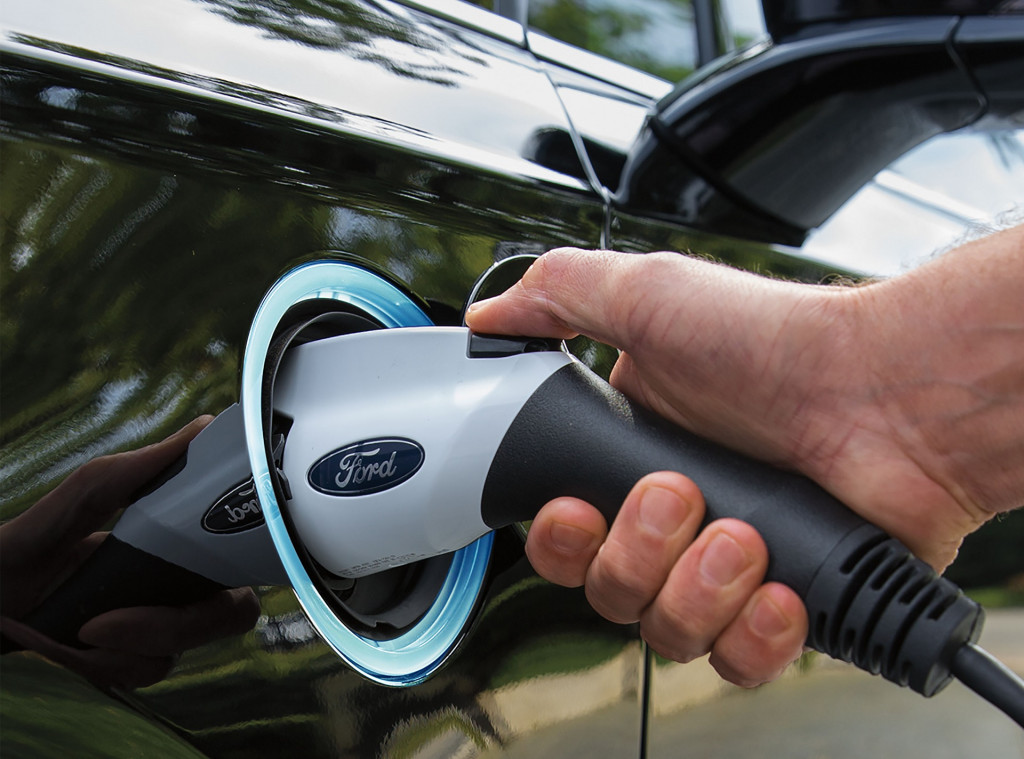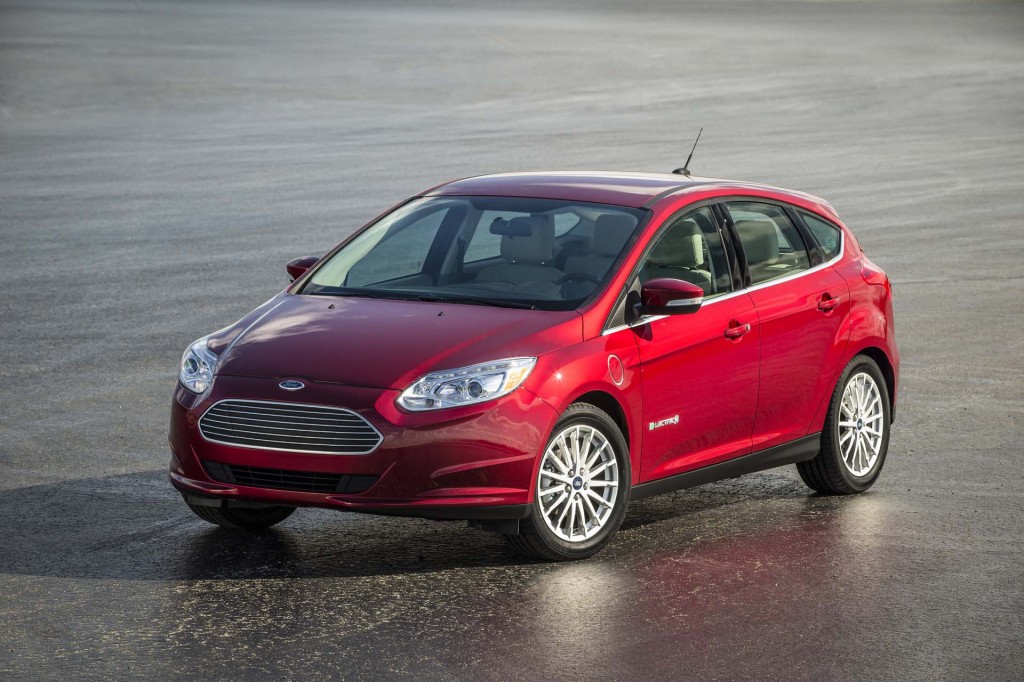When Ford fired Mark Fields in May, it was widely seen as a rebuke to the CEO's inability to offer a convincing argument about how Ford would handle the future.
Every car company is attempting to figure out that future, in which electrified vehicles, increasing autonomy, pervasive connectivity, and car-sharing all blend together in unpredictable ways.
On Tuesday, new CEO Jim Hackett presented a few elements of his own vision for the company in what was effectively a 100-day update.
DON'T MISS: Ford fires CEO Fields, in part, for lagging on electric cars
The jargon in Ford press releases tends to be thick, and actual facts are often deeply buried in word salad about mobility and services.
But from the presentation slides as well, it's clear that Hackett's comments were directed largely to the financial community, as well as to his own employees.
His vision of Ford was of a more nimble company that was faster to act and more responsive to the changes that threaten to upend the industry than it had been to date.

2018 Ford Fusion Energi
The main points included:
- Ford will slash its portfolio of passenger cars and replace them with light trucks—meaning crossover utility vehicles—which are its "most valuable" vehicles
- The company will increase investment in those vehicles, which made up 76 percent of last year's sales, by $ 7 billion because that's what buyers want
- It will cut its investment in development of internal-combustion engines by one-third and spend far more on developing electric and electrified vehicles
- The company aims to cut development time for new vehicles by 20 percent
- The company is focused intently on boosting profitability, targeting an 8-percent operating margin on its auto businesses
- Aggressive cost-cut targets include $4 billion in engineering expenses
- Ford will cut $10 billion in materials costs by radically simplifying the feature variations that allow 35,000 versions of today's Fusion sedan; the next Fusion will have just 96 combinations
- It will partner with other companies both for new foreign markets and in developing autonomous vehicle technology
READ THIS: We visited NYC's Ford Hub; we still don't know what it was
The new CEO reportedly spent much of his early tenure at Ford talking to employees at all levels to identify problems and opportunities.
"We must accept the virtues that brought us success over the past century are really no guarantee of future success," he noted at one point in his presentation.
Hackett had few specifics on electric cars, however, beyond a statement that FOrd would launch 13 new "electric vehicles" around the world over the next five years. That contrasts with GM's pledge the previous day to sell 20 electric cars globally by 2023.

2018 Ford Focus Electric
The new CEO noted that Ford had formed "Team Edison" internally to speed development of electric vehicles, though what those vehicles are—or even whether they have plugs at all—remains unknown at this point.
Ford's press release appeared to use the terms "electric" and "electrified" interchangeably.
That practice led to much misreporting this year on plans by Volvo and Jaguar Land Rover, among others, to make all future products capable of accepting at least mild-hybrid powertrains.
CHECK OUT: Ford plans 300-mile electric SUV, hybrid F-150 and Mustang, more U.S. production
Ford announced in January that it would launch a battery-electric SUV or crossover with 300 miles of range, but no additional details on that vehicle emerged.
In one of his first acts as CEO, Hackett said the next generation of Focus compact hatchback and sedan would be imported into North America from assembly plants in China
Overall, financial analysts suggested that Hackett's lack of details on future products might delay reactions by Wall Street to Ford's plans, which were intended in part to boost its lagging stock price and market value.
_______________________________________












